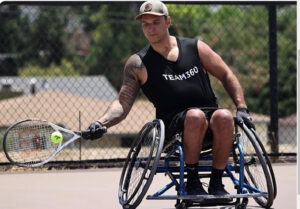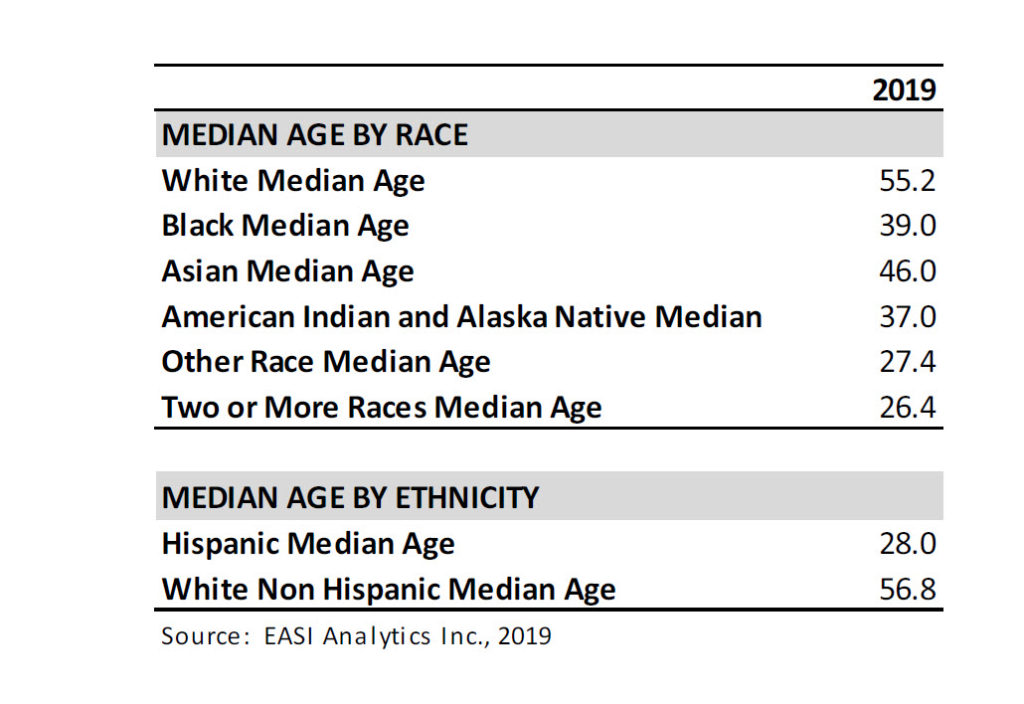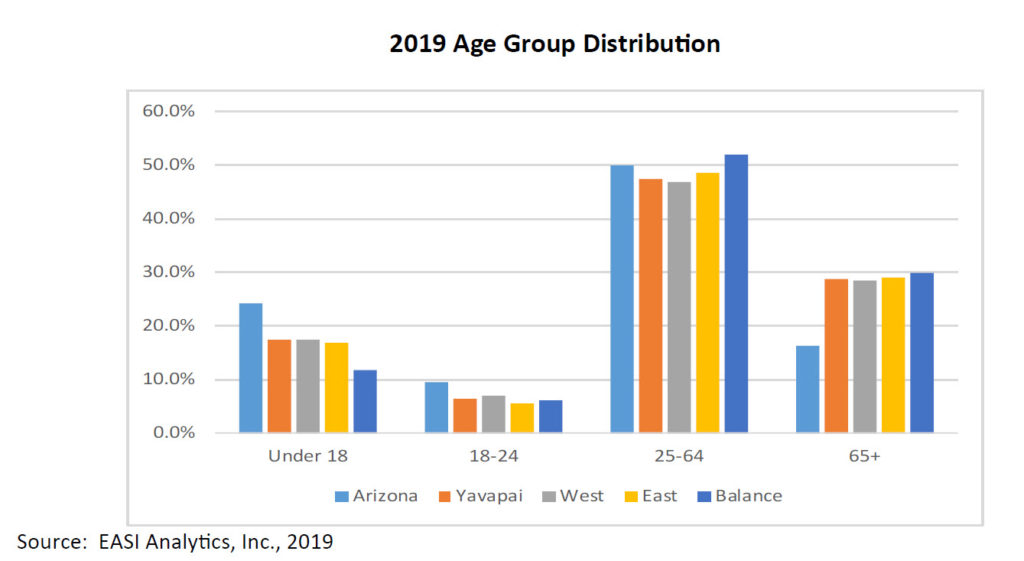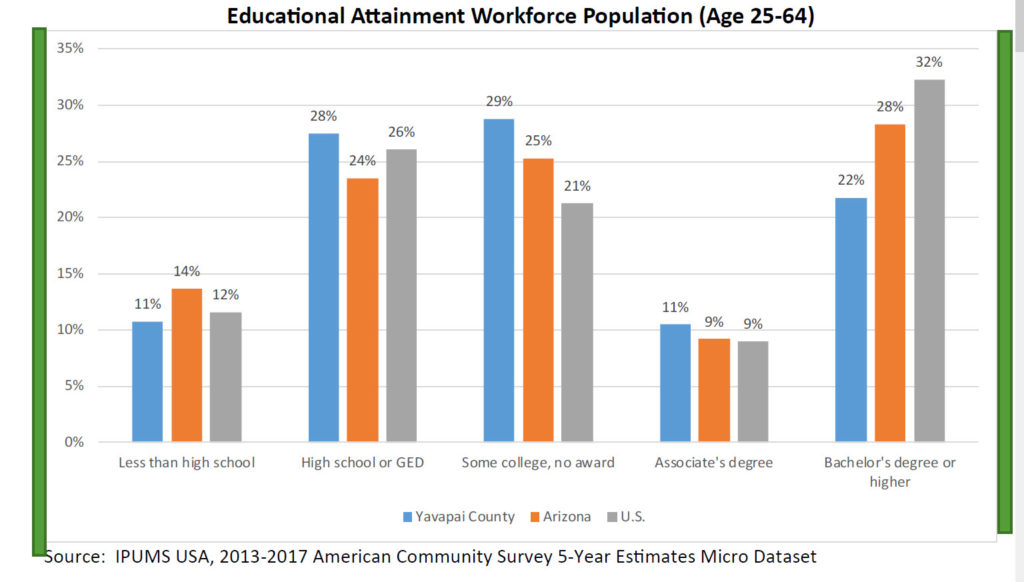Yavapai Community College Governing Board allowed nine residents supporting Howard to address it for only one minute each; two speakers in wheelchairs, others weeping, and still others urging reconsideration and possible reconciliation
Around 75 visibly upset citizens and members of the Prescott tennis community packed the Yavapai Community College’s District Governing Board meeting wall-to-wall at its April 11 meeting. They were all there to support Mr. Chris Howard, who managed its tennis complex nine years but was fired by the College in March.
Some expressed disdain and shock at the perceived heartlessness of the College’s decision to fire 68 year-old Chris Howard. Some wept. Still others asked the College for reconsideration and reconciliation. Two citizen speakers were in wheelchairs.

Mr. Andrew Bogdonov (Photo attributable to Mr. Chris Howard.)




 The Yavapai Community College Faculty and Staff Directory provides an evidentiary window into the dominance of Prescott over the Verde Campus and Sedona Center in terms of who is employed where in the County. According to the Directory, 671 faculty and staff are associated with the Prescott Campus. In addition, there are 89 faculty and staff at the Career and Technical Education Center at the Prescott airport.
The Yavapai Community College Faculty and Staff Directory provides an evidentiary window into the dominance of Prescott over the Verde Campus and Sedona Center in terms of who is employed where in the County. According to the Directory, 671 faculty and staff are associated with the Prescott Campus. In addition, there are 89 faculty and staff at the Career and Technical Education Center at the Prescott airport. 